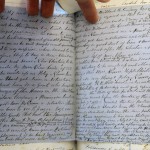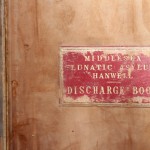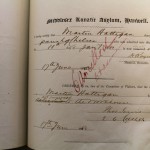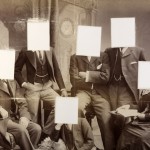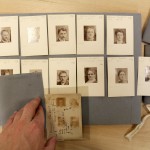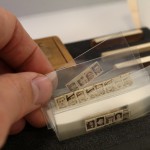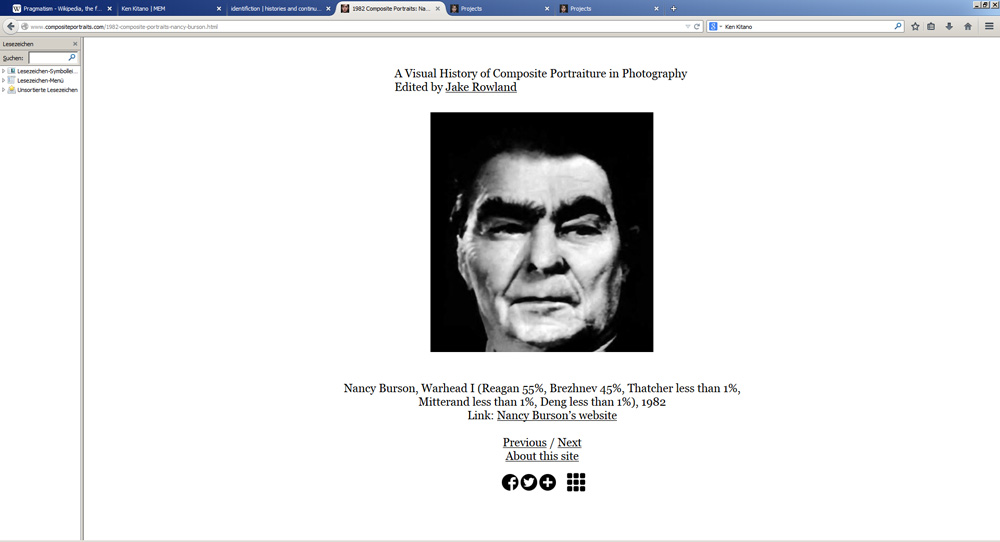Research Trip: Hanwell Asylum Records, Metropolitan Archives London, April 2015
It is more of a coincidence when I end up at the gates of the Metropolitan Archives for the first time. I have been visiting the Imperial War Museum, or rather the building that now houses this institution. This was the former site of Bethlem Asylum, when the clinic was still located in central London in nineteenth century. Only the monumental entrance and central wing are still existent. When I walk back to a friend’s place, a new bright green suit in my shopping bag, I suddenly realize a small sign indicating the entrance of the Metropolitan Archives. A member of staff tells me that they will not be open for much longer today, but that there will be an exceptional opening on the coming Saturday. That’s when I return to study the material on Hanwell Asylum, the other psychiatric hospital where Francis Galton had photographs taken for his experiments on composite portraiture. Also material on Guy’s Hospital is available here. In this institution, with the aid of the physicist F. A. Mahomet, photographs were taken of tuberculosis patients to compose facial superimpositions.
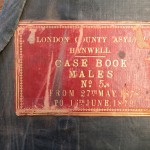
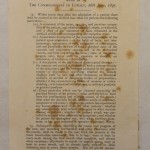
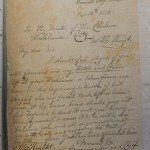
In the UCL “Galton Papers” I have compiled a list of names of Hanwell Asylum inmates whose portraits were taken on Galton’s request. In the entry and discharge books as well as in the patient records that are kept here, I am able to trace a number of the persons. Dating the photographs is however not as easy as in the case of Bethlem. As a county asylum Hanwell was dealing with a larger number of long-term patients. And, unlike at Bethlem, patients were not photographed as part of the asylum’s internal procedure, or at least no portraits and no nineteenth century photographs of the institution have survived as part of the case books in the Metropolitan Archives. This makes identification and dating of the photographs that became part of Galton’s collection of portraits of psychiatric patients from Hanwell difficult. However, in a number of cases, I was able to establish identities of individuals and could date the production of the photographs to 1880-81.
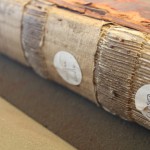
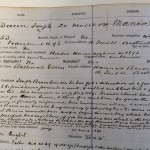
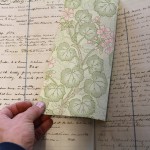
Hanwell, or as it was officially called “Middlesex County Asylum” was the first pauper asylum in Middlesex, it was opened in 1831 and successively enlarged in 1837, 1857 and 1879. In 1888 it had 1891 patients. It was one of the first institutions in Britain that followed a non-restraint system, but in a contemporary report it was criticized for its low number of attendants and medical staff and the intransparent medical and administrative decisions.[1] As a state-financed institution, the number of patients was higher and the average time they spent at the Asylum was longer, compared to the privately-run Bethlem that catered for the middle classes. The patients were mainly workers from the lower classes; among the patients that I could trace in Galton’s portrait series the case files identify as: laborers, weavers, carpenters, bricklayers, butchers, shop assistants, clerks. Just like in the Bethlem files, the medical case books contain personal information, such as occupation and marriage status, individual and family medical history, diagnoses and notes on the development of the disease, as well as prescriptions. Also in these files the hereditary focus is strong and they often contain a mental family history.
